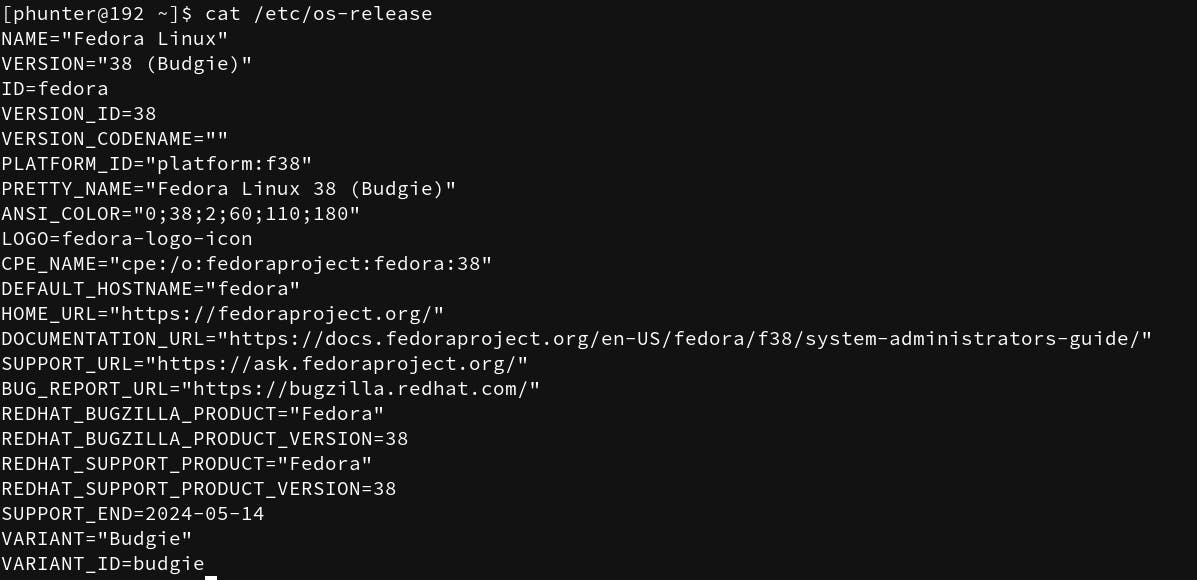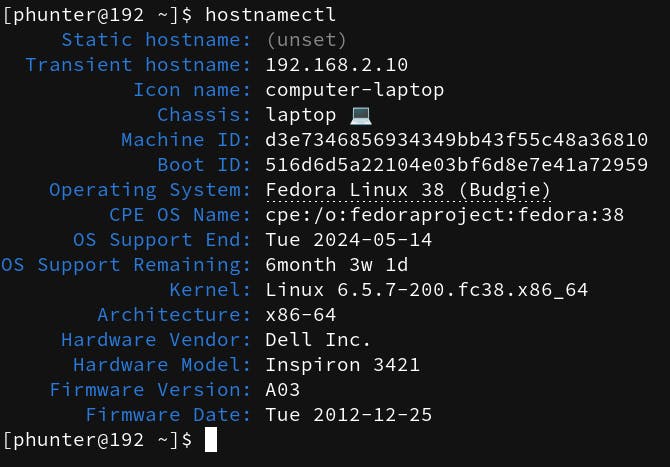How to set up Docker Desktop on Fedora 38
Docker
Docker is a platform for developing, shipping, and running applications in containers.
Containers are lightweight, portable, and self-sufficient units that can package an application and its dependencies, including libraries and configuration files, into a single, consistent environment.
This allows developers to create, deploy, and manage applications more efficiently, regardless of the underlying infrastructure.
Docker Desktop
Docker Desktop is a desktop application that provides an integrated development environment for Docker.
It allows developers to create, run, and manage Docker containers on their local machines with ease.
Two important characteristics are:
Docker Engine: Docker Desktop includes the Docker Engine, which is the core component of Docker, allowing you to create and run containers on your local system.
Container Management: It provides a graphical user interface (GUI) for managing containers and images, making it easier to build, run, and monitor containerized applications.
Let's get down to business
shall we?

Solution
Check your OS (optional)
This step is just to ensure you have Fedora 38 Linux installed. You can pick up one command or you can use them all.
/etc/os-release
cat /etc/os-release

hostnamectl
hostnamectl
Output

When you run hostnamectl without any options, it provides detailed information about the system's hostname, operating system, kernel, and other system-related settings.
lsb_release
lsb_release -a
Output

lsb_release is a command-line utility commonly found in Linux distributions that adhere to the Linux Standard Base (LSB). The LSB is a standardization initiative that aims to increase compatibility between different Linux distributions by defining a common set of libraries and conventions.
uname
uname -a
Output

The uname -a command is used to display detailed system information about the Linux operating system. It provides information about the system's kernel and other system-related details.
Install Docker
Follow the steps here or through the following link: https://blog.alexandrecalaca.com/how-to-set-up-docker-on-fedora-38-via-the-terminal-emulator
Go to the instructions page
https://docs.docker.com/desktop/install/fedora/
Output

Download the RPM package


Install the package
sudo dnf install ~/Downloads/docker-desktop-4.25.0-x86_64.rpm
Confirm installation

After the confirmation, you should see something like the following:

Check installation
The Docker Desktop installer updates Docker Compose and the Docker CLI binaries on the host. It installs Docker Compose V2 and gives users the choice to link it as docker-compose from the Settings panel.
Docker Desktop installs the new Docker CLI binary that includes cloud-integration capabilities in
docker compose version
docker --version
docker version

Check Docker status
sudo systemctl status docker
Output

The command is used to manage and control system services on Linux systems that use systemd as their init system is systemctl.
systemd is a system and service manager commonly used in modern Linux distributions.
Done
You have now successfully installed and started Docker Desktop.
Celebrate

Let's become friends
Final thoughts
Thank you for reading this article.
If you have any questions, thoughts, suggestions, or corrections, please share them with us.
We appreciate your feedback and look forward to hearing from you.
Feel free to suggest topics for future blog articles. Until next time!